Home » Invasive Plants » Invasive Plants » Pyrus calleryana
Bradford Pear forms dense thickets that suppress other plants including native species that can’t tolerate the deep shade or compete with pear for water, soil and space. A single tree can spread rapidly by seed and vegetative means forming a sizeable patch within several years. Its success as an invader results from its capacity to produce copious amounts of seed that are dispersed by birds and possibly small mammals, seedlings that germinate and grow rapidly in disturbed areas, and a general lack of natural controls like insects and diseases, with the exception of fire blight.
Ohio and soon South Carolina are officially banning the sale of Callery or Bradford Pear and all of their cultivars.
For information on how to eradicate this invasive, view our statement on herbicide use and preferred alternatives for invasive plants.
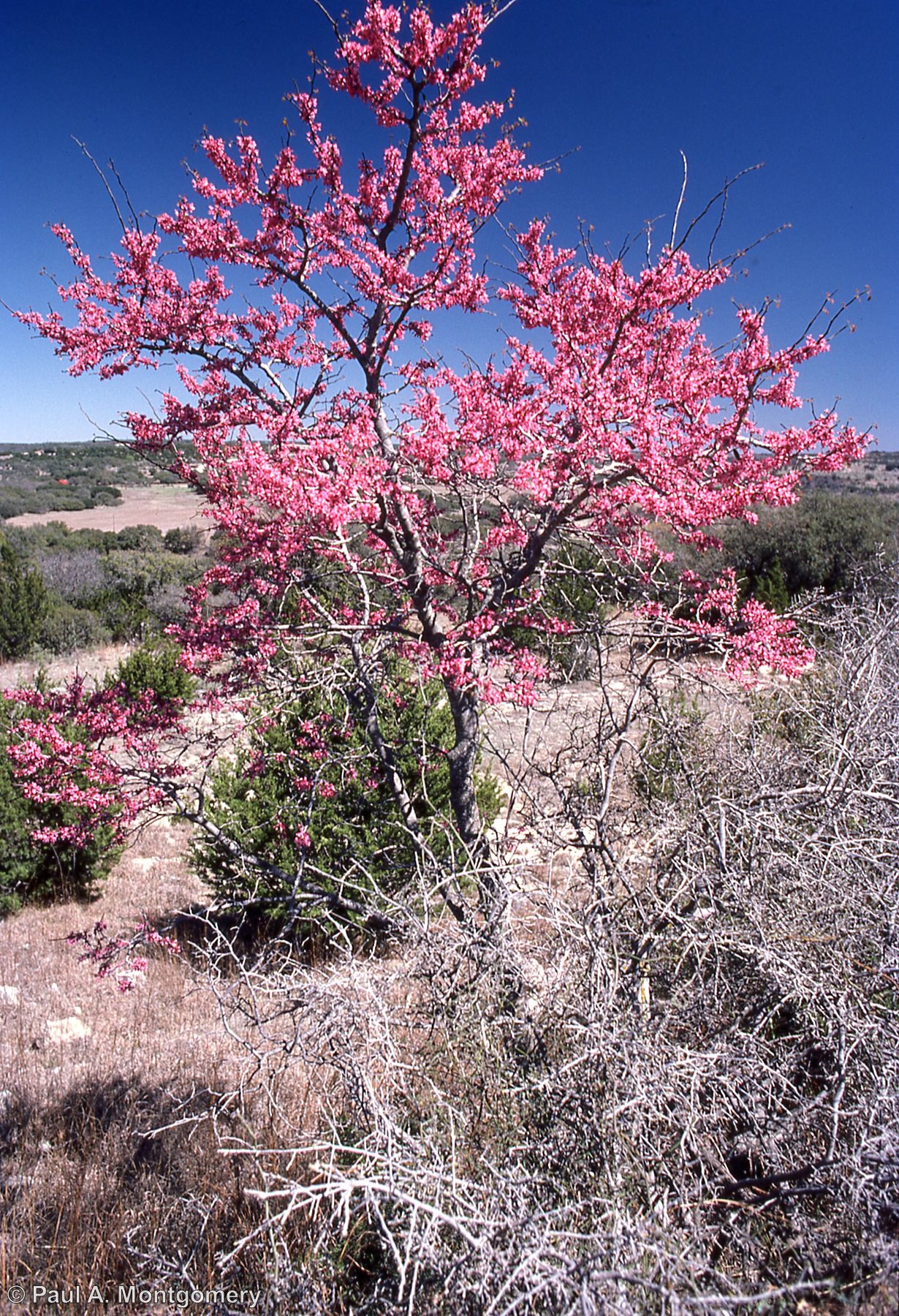
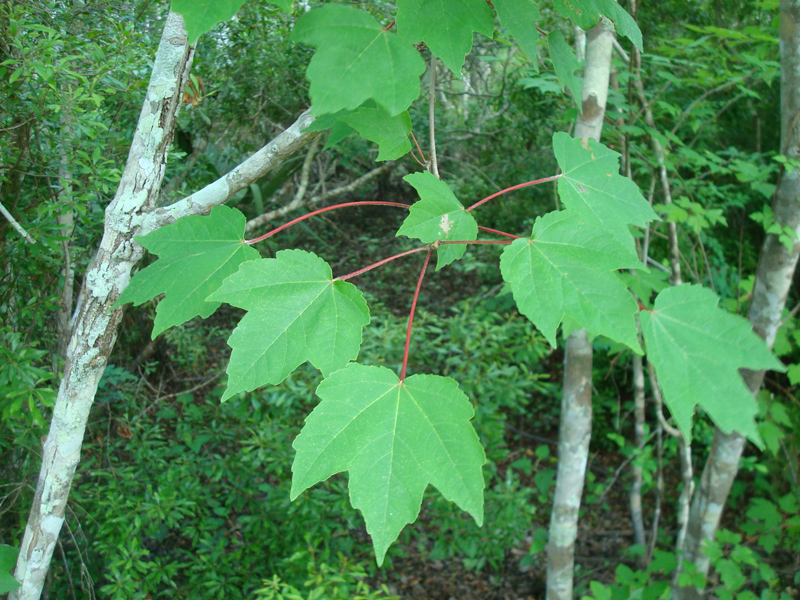
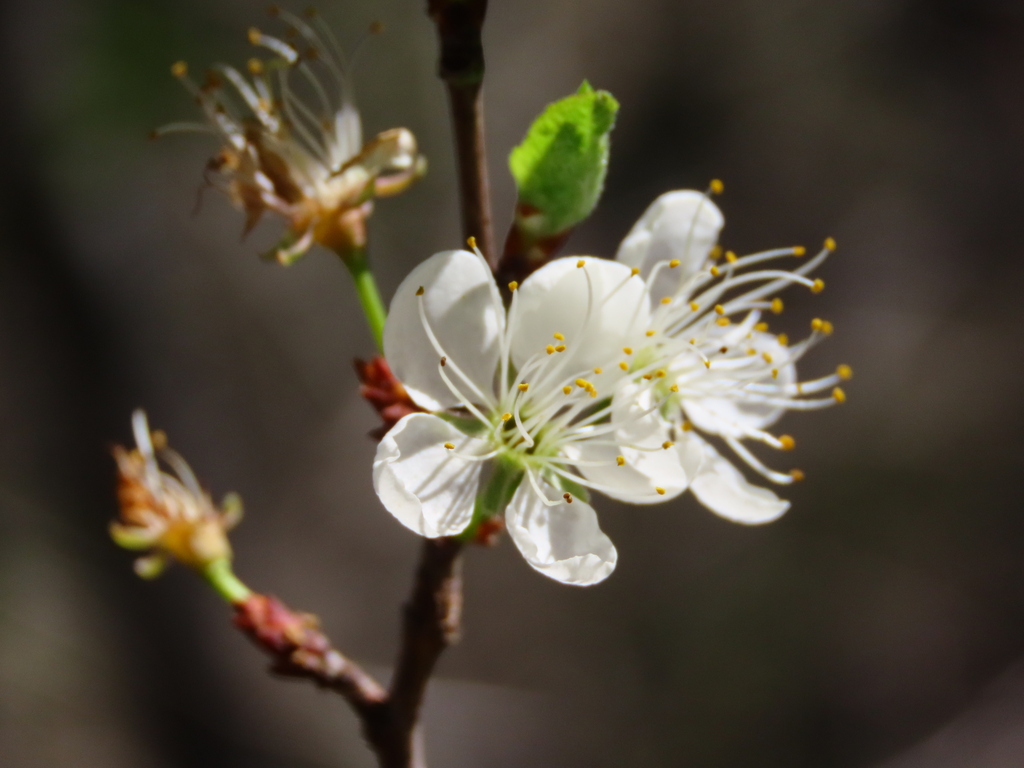
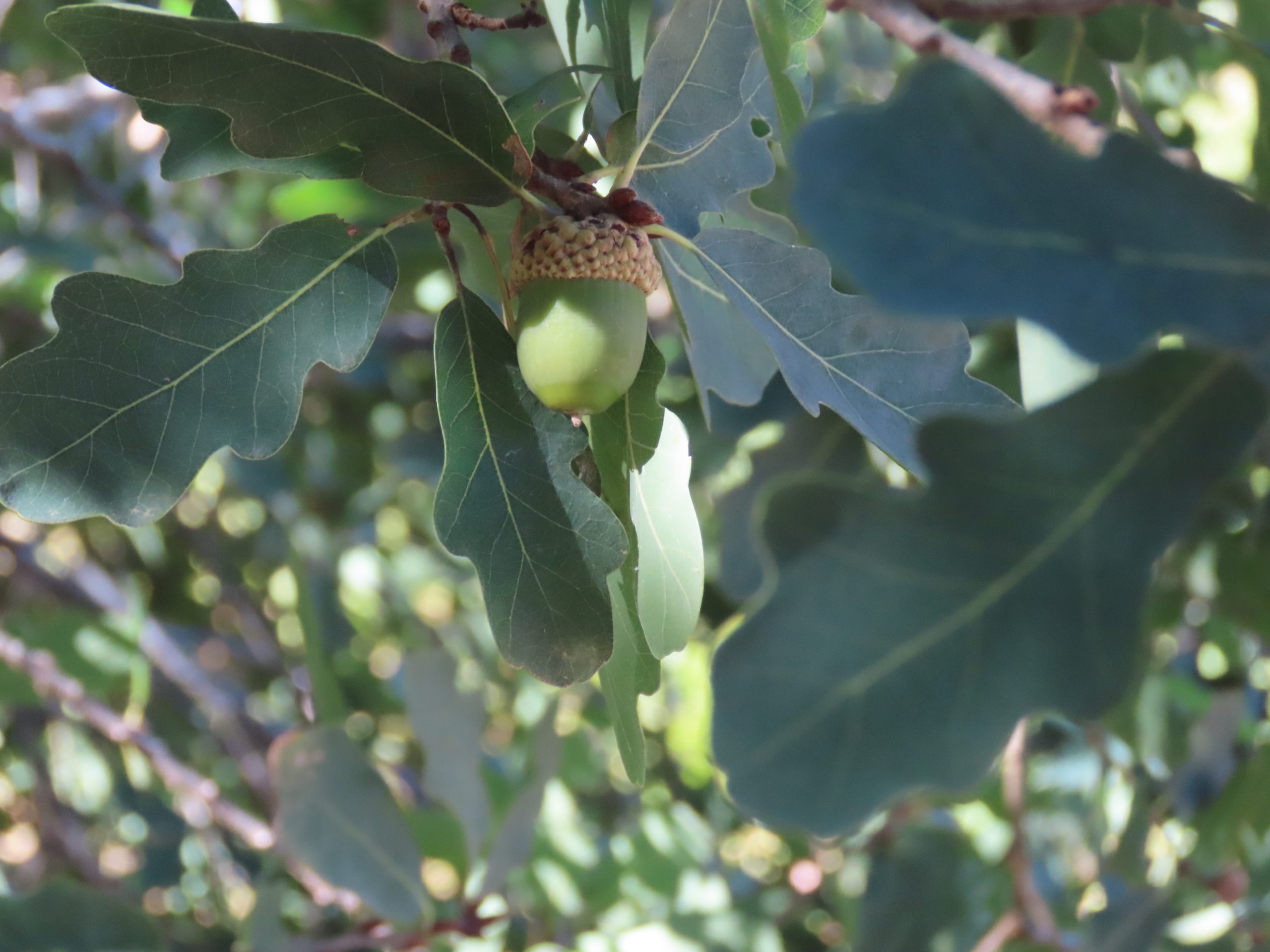
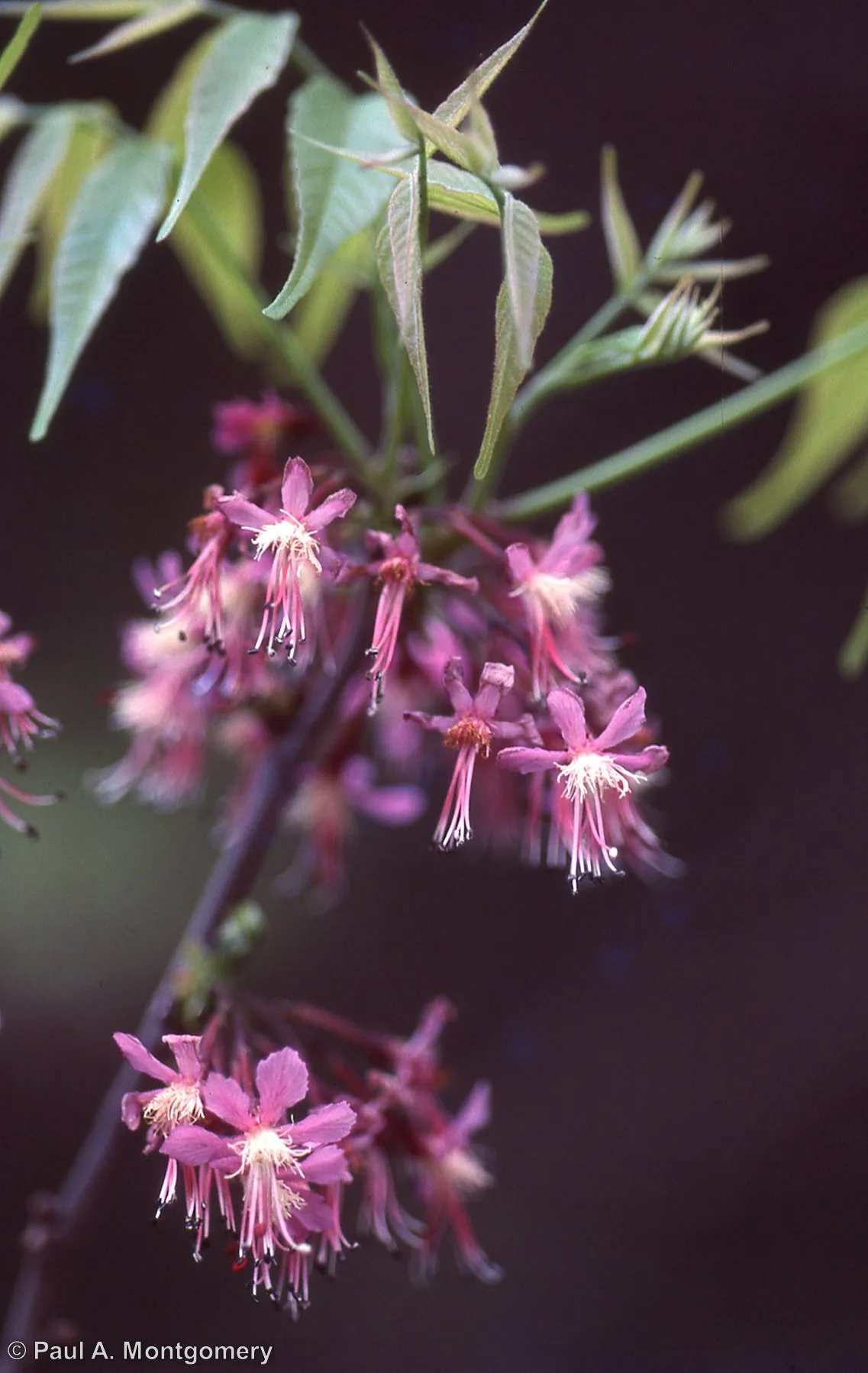
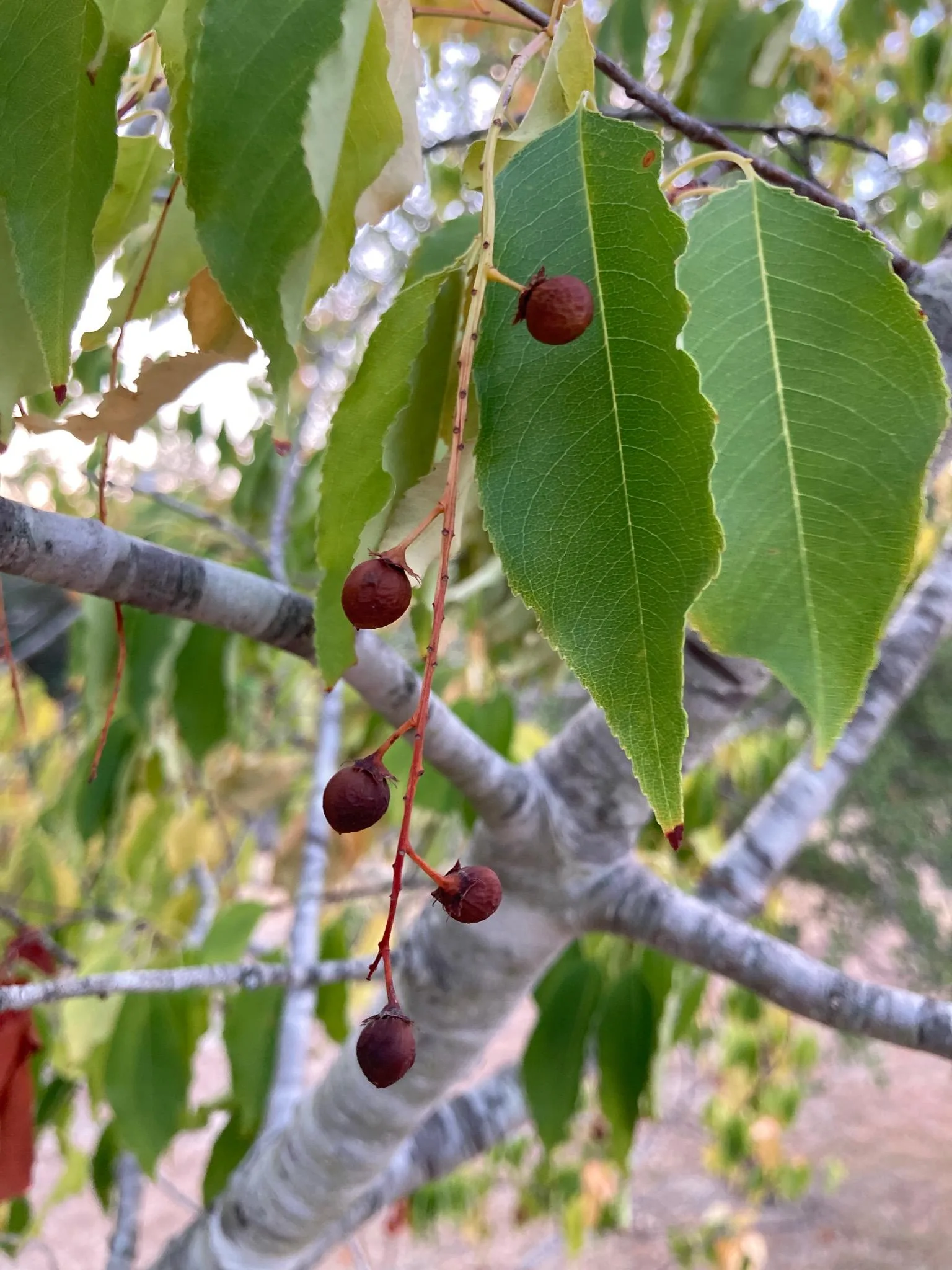
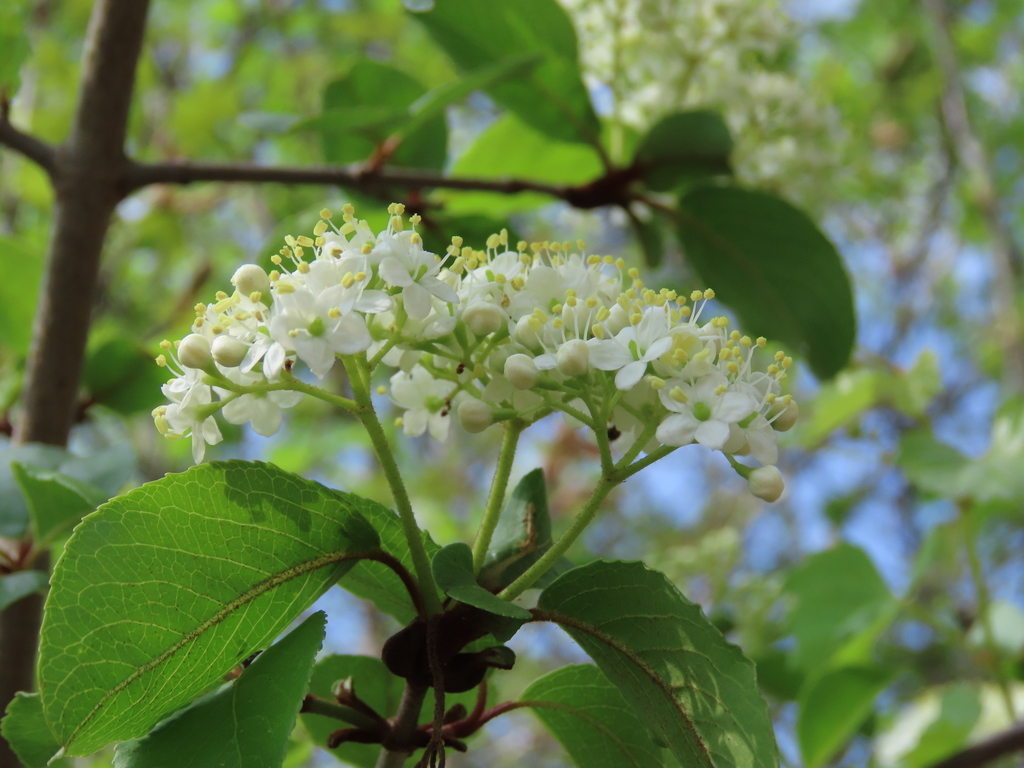
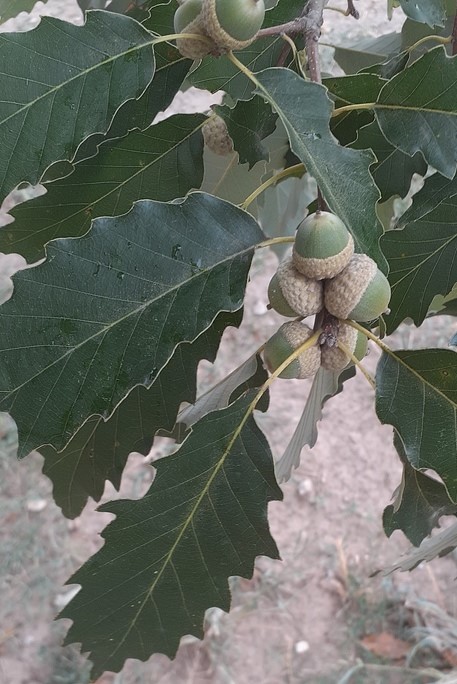
State Office Address:
Native Plant Society of Texas
PO Box 3017
Fredericksburg, TX 78624
Become an important part of a statewide community with over 5,000 members, who are united in our mission to promote Texas native plants!
Native Plant Society of Texas is a 501(3)(c) nonprofit organization This website and all content Copyright © Native Plant Society of Texas. All rights reserved. Content may not be reprinted in whole or in part without written permission. Contact the Webmaster.